For the eighth year in a row, Finland has been named the happiest country in the world, and it’s not just because it offers its residents free health care and education. It values non-material aspects over wealth: human dignity, family relationships, nature, trust, balance in life, and belonging.
Taking a cue from Finland, The Gambrell Foundation brought together twenty or so individuals from various sectors of the community: educators, entrepreneurs, government officials, artists, university students, corporate trailblazers, nonprofit heads, and community advocates to learn about Finland’s long-held title. The Foundation’s “Great Life” Project has always sought to find ways to transform Charlotte into “a beacon of economic mobility, human flourishing, and equitable living.” This trip to the Nordic region of Europe endeavored to do that and more.
There were three main themes for our trip: belonging, relationships, and awe and wonder. Within these three areas, we explored much more as we studied and experienced firsthand the culture, education, social networks, family life, city infrastructure, and nature of the two Nordic cities: Helsinki, Finland, and Amsterdam, the Netherlands.
Everything about the trip—the people we met, the tours we took, the initiatives that were explained—engaged and enlightened me, but the sense of belonging and its importance to building a strong city and a vibrant, connected community really excited me. I have always thought that Charlotte needs to do more to bond its residents and foster a sense of belonging.
For one thing, I think Charlotte is a tough city for newcomers. For me, a Carolinian who moved here 40 years ago, I felt—and in some ways, still feel—like a newcomer. It took me years to learn my way around this city, the neighborhoods, the infrastructure. Early on, I felt like an outsider trying to belong to a city that was already set in its ways, happy to keep newcomers at arm’s length. But I persisted, found a neighborhood to settle into, friends who are still friends, and my personal life is good. And I am a well-educated American who speaks English as my native language. I don’t have any language or cultural barriers.
And, as an educator of internationals who has seen first-hand the scared, bewildering, hesitant looks in their eyes, I hear from them the confusion and frustration as they try to assimilate into the Charlotte community. My ESL students struggle with our healthcare system and can’t find a good doctor. One student was a victim of identity theft and didn’t have anyone to help her out of that awful quagmire. Another was confounded by the lack of easy and convenient public transportation that he had become so used to in his country.
That’s why the sense of belonging resonated with me as we explored Helsinki and Amsterdam and learned what these cities are doing to make themselves more inclusive and welcoming while not devaluing or diluting the individuality and diversity of their residents. In fact, Helsinki promotes itself as being “the most functional city in the world,” where all people—citizens, immigrants, transients—do not just live but thrive. I think that’s the essence of belonging: thriving. We spent more time in Helsinki, so that is the city I wish to reflect on here—and its parallels with Charlotte in the area of belonging.

On one of the first days in Helsinki, our group visited Central Library Oodi—which, to me, epitomizes its purpose of inclusivity and belonging. Opened in 2018, it welcomes 5,000 to 8,000 people every day. That is not a misprint! Yes, 5,000 to 8,000 visitors each day! Before our tour of the stunning, award-winning building, our group stood outside with the lead architect of the Oodi, Samuli Woolston, who enlightened us about its construction and purpose.
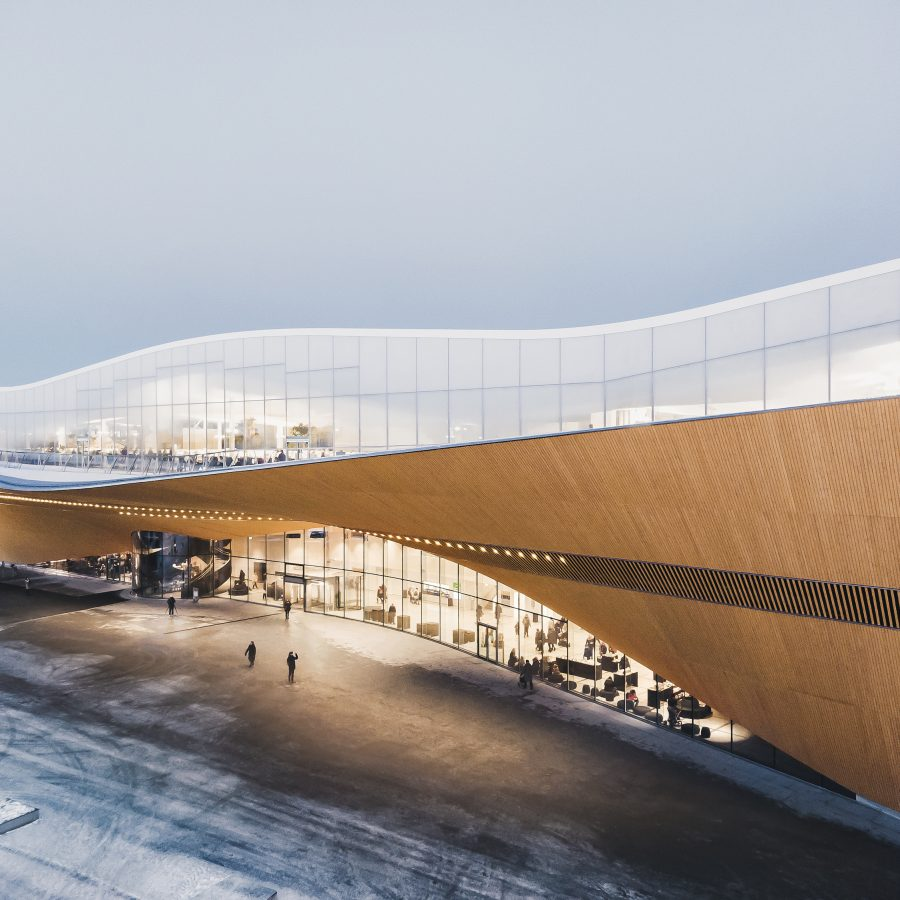
Besides being a beautiful and welcoming structure architecturally, it is barrier-free; it doesn’t require any ID or library card to enter, sit, read, rest, use restrooms, attend events, or use the private spaces. All people—migrants, homeless, residents, tourists, internationals, disabled—are welcome at Oodi, a safe, comfortable, and inviting space in the heart of Helsinki. Even after many years of public surveys and resident forums, it took over five years to build, with more than 3,000 citizens helping to design its floor plans, space usage, and priorities for programs.
Oodi is more than just a library where people go to check out books or do research. In fact, only 30% of the space is a traditional library with books, magazines, newspapers, and other media. It’s an organic gathering place where people have a sense of belonging. Individuals and groups can meet to create and perform music in state-of-the-art music studios, to watch films or listen to speakers in state-of-the-art movie theaters, to enjoy coffee and share time in a warm café, to operate sewing machines or 3-D printers to create, to use sound studios for podcasting, to hold workshops and brainstorm ideas, to learn languages and converse with other nationalities. All these empowering tools are free and open to everyone.
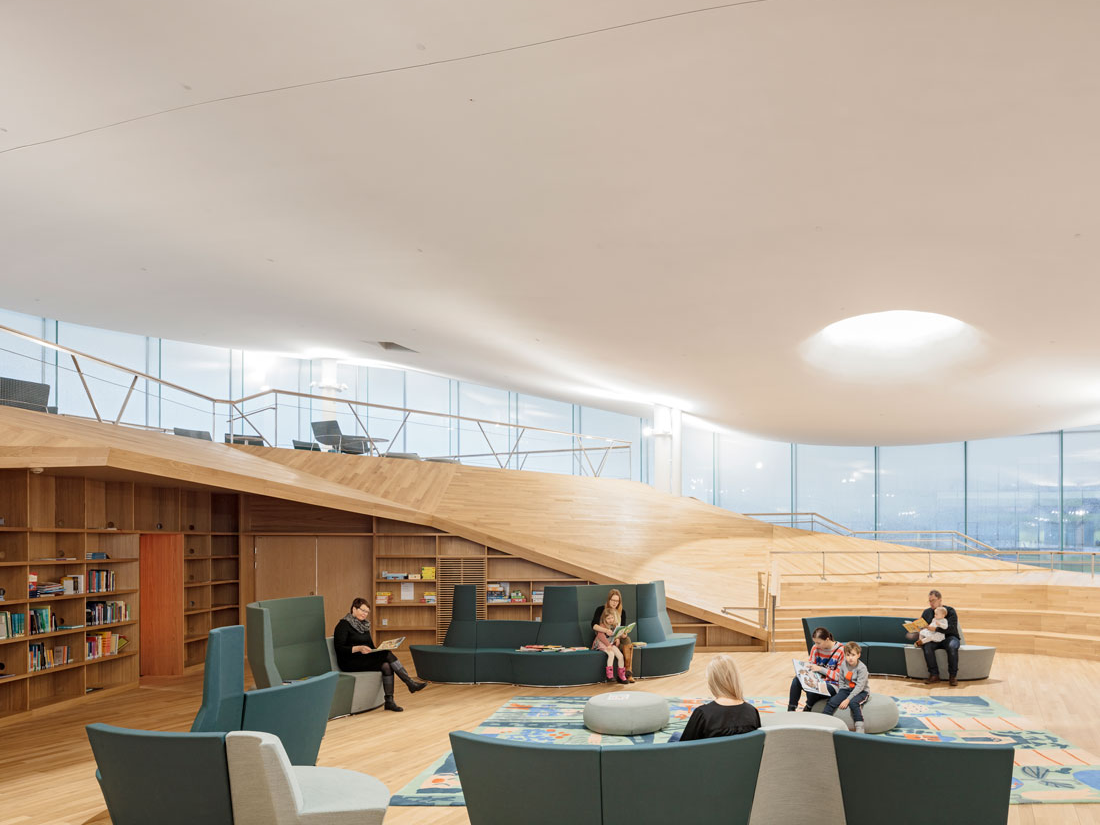
The inclusiveness for all ages and life stages fosters a sense of belonging. Families living in small spaces with limited facilities use Oodi as a second living room because the building is so thoughtfully planned, welcoming, and comfortable: There are spaces designed for mothers to nurse, for babies and toddlers to nap or play, for teens to play music or hold study groups, for young adults to do research or watch films, for retired people to knit or play cards. Almost nothing is off-limits at Oodi. While roaming the incredible space, I came upon a bulletin board with several sticky notes attached from people expressing their views about Oodi. Here are a few of my favorites:
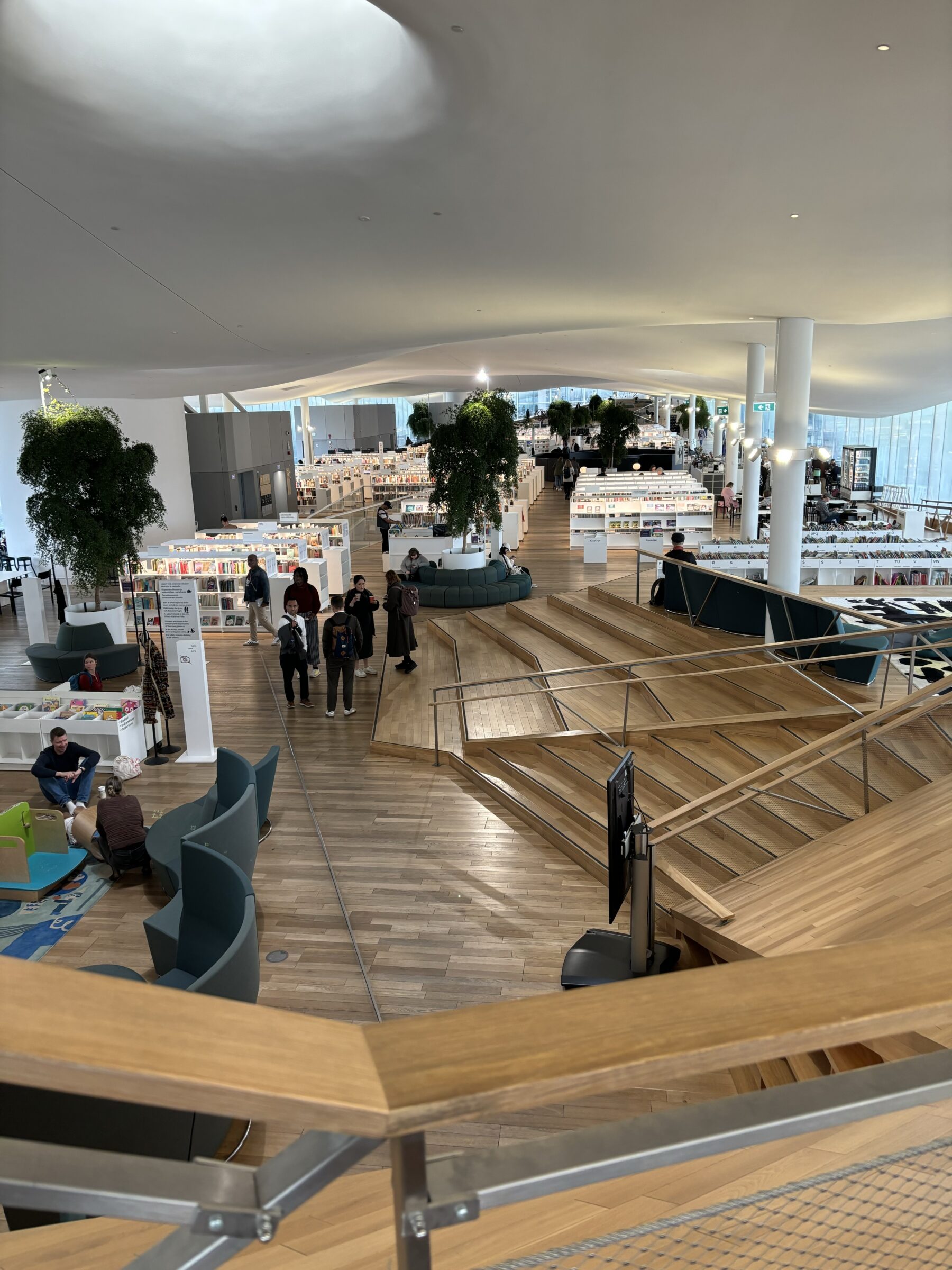
I thought, “Why can’t there be places in Charlotte that engender the same feelings and responses? How hard would it be to make our community more inviting and less intimidating?
I felt so grateful to have discovered this gem in Helsinki, and I began to think about Charlotte’s new Uptown library, which is well under construction but which I knew so little about. The old library was demolished in 2024, and the new construction has begun, with plans to open in the spring of 2028. But I had questions. Did the community have any say in its design and purpose? Will it go far beyond being just a traditional library as Oodi does? Will it be a welcoming place to all and offer a sense of belonging? So I delved into our new library and was pleasantly surprised to find a great many similarities.
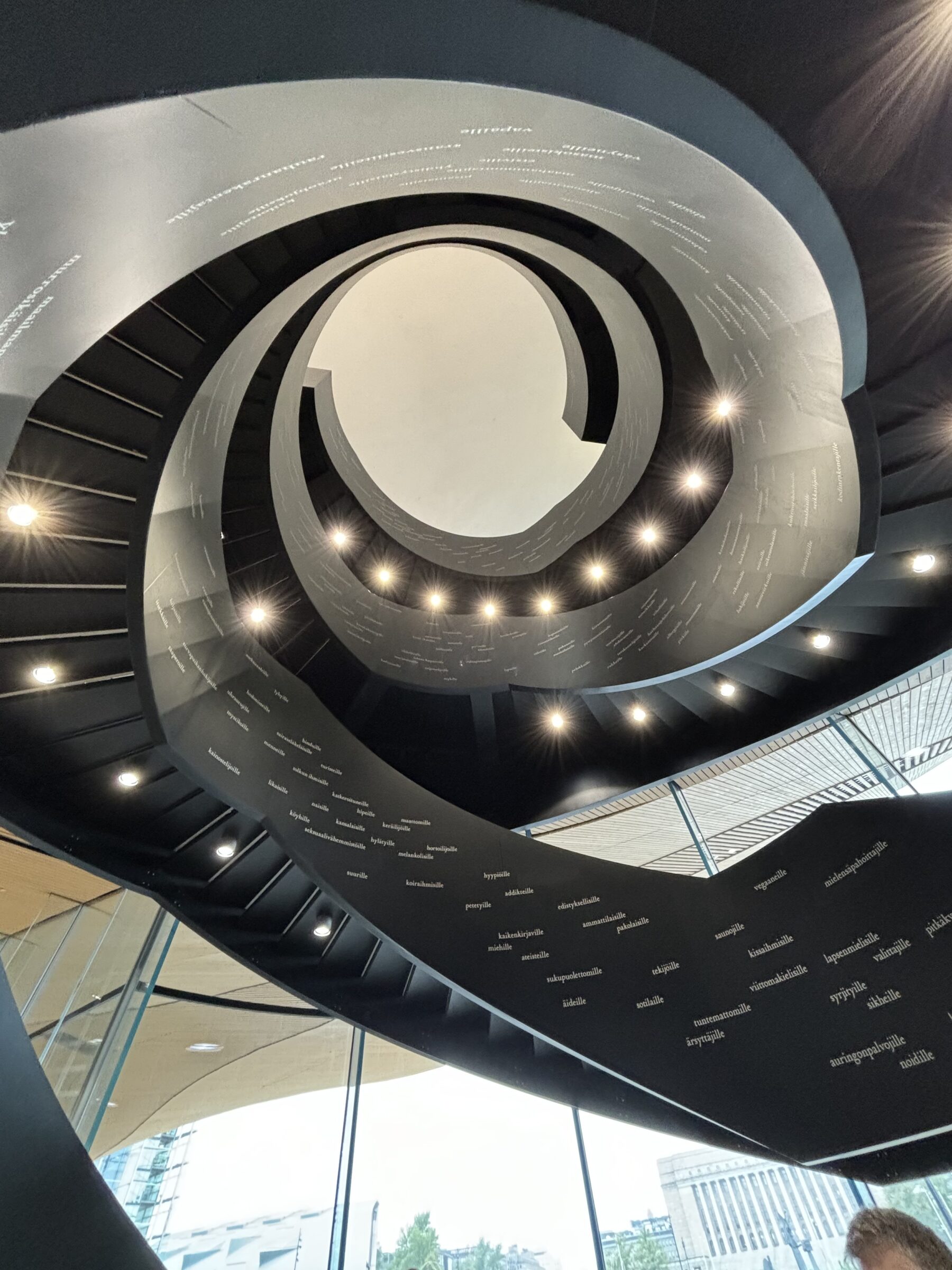
I was very heartened to learn that back in 2018, when the city was just beginning to envision a new uptown library, the city of Charlotte, like Helsinki, asked residents what they wanted to see, and the result was a plan that went far beyond what a traditional library offers. It included programs and activities centered on multi-purpose usage, tech workshops, public forums, cultural events, and newcomer events. Like Oodi, our new main library will have private and co-working spaces; cafes; movie theatres; studios and tech labs with 3-D printers and Laser cutters; workshops and help sessions for budding entrepreneurs, job-seekers, and newcomers. Our new Uptown library is intended to be a lively community hub of belonging.
So, yes, Charlotte’s new library is definitely aligned with Oodi’s vision. The buildings may look different, but the idea is the same: an open, welcoming space where all people are welcome and can learn, create, hold cultural celebrations, and simply gather all in one space. It’s going to be an accessible space that sparks creativity, learning, and connection—core virtues that make today’s libraries vital community centers. Maybe there will even be opportunities for Charlotteans to volunteer their time and knowledge to answer questions about the city, schools, healthcare, transportation, culture, jobs, and other vital information new residents may be seeking.
Oodi was not the only place we visited that embodied the sense of belonging. We discovered others, too, such as the Kontula neighborhood, in eastern Helsinki, home to 28,000 residents and known for its strength, diversity, and ongoing development. For most of its history, Finland has been a fairly homogenous country, culturally and ethnically, with most people speaking Finnish or Swedish. But even with its strong welfare and education systems, cultural acceptance and social inclusion don’t always happen smoothly and automatically. It’s been only in the last few decades—mainly since the 1990s—that immigration has become more common and visible. Kontula is often touted in the context of urban belonging, especially for immigrants and marginalized residents. Originally built during Helsinki’s suburban expansion in the 1960s and 1970s, Kontula offered affordable housing that attracted both working-class Finns and immigrant families.
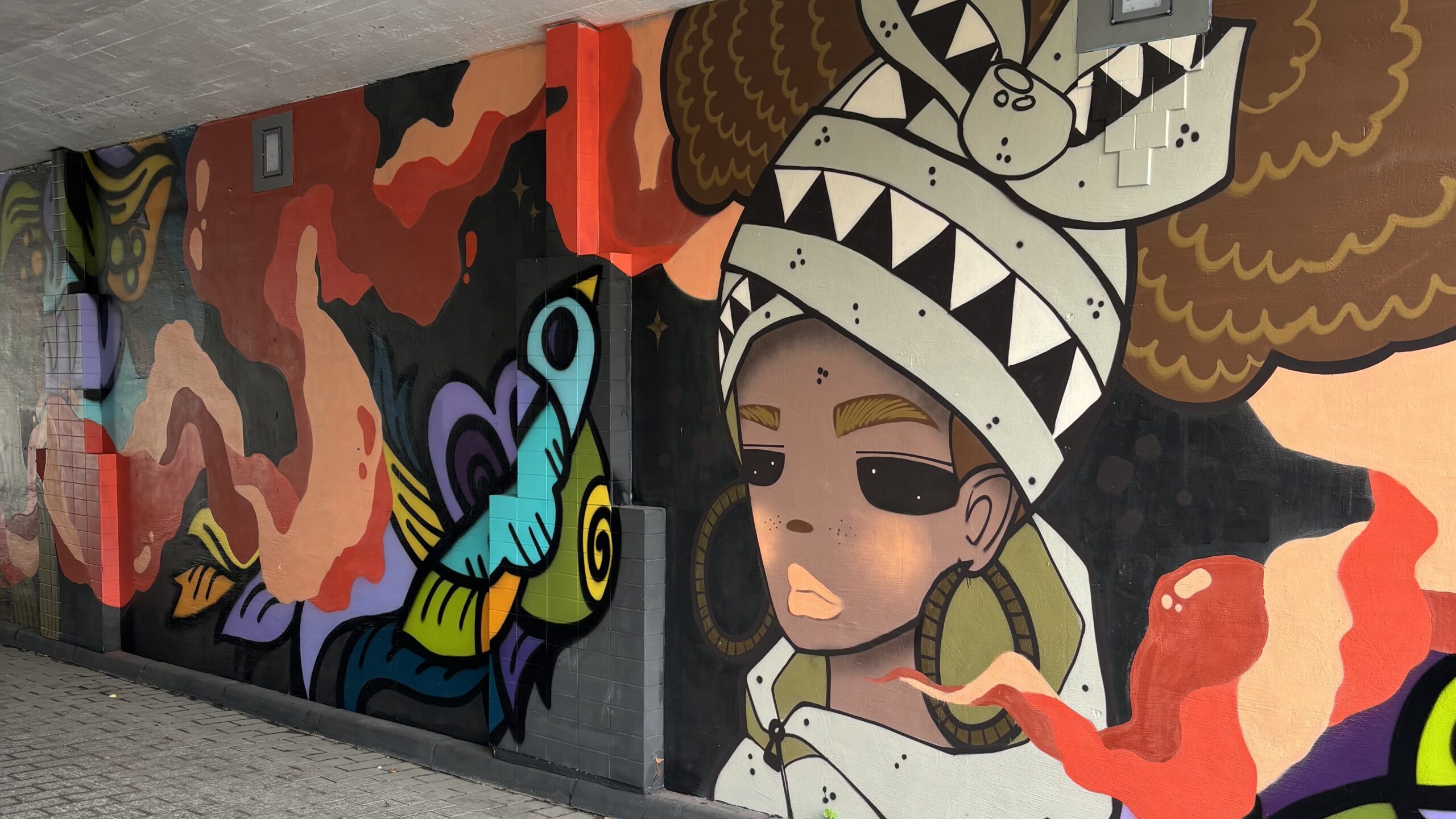
Over time, Kontula has grown into one of Helsinki’s most ethnically diverse neighborhoods, home to communities of Somalis, Iraqis, Estonians, Russians, Chinese, and many other nationalities. Residents here have much pride in their shared community and their individual ethnic backgrounds. Kontula’s flourishing shopping center has over 80 ethnic entrepreneurs, including restaurants, shops, and grocery stores.
At the heart of Kontulu is the impressive Luuppi Youth Center, which demonstrates a strong sense of belonging through its thoughtful design, programming, and community involvement. It offers a safe, protected environment for young people of all ages and backgrounds to spend time making crafts, skateboarding, playing music, engaging in sports, painting murals, and just feeling as if they belong. Mentors, trained youth workers, and caring adult volunteers guide and encourage the youth to celebrate their diverse identities and talents.
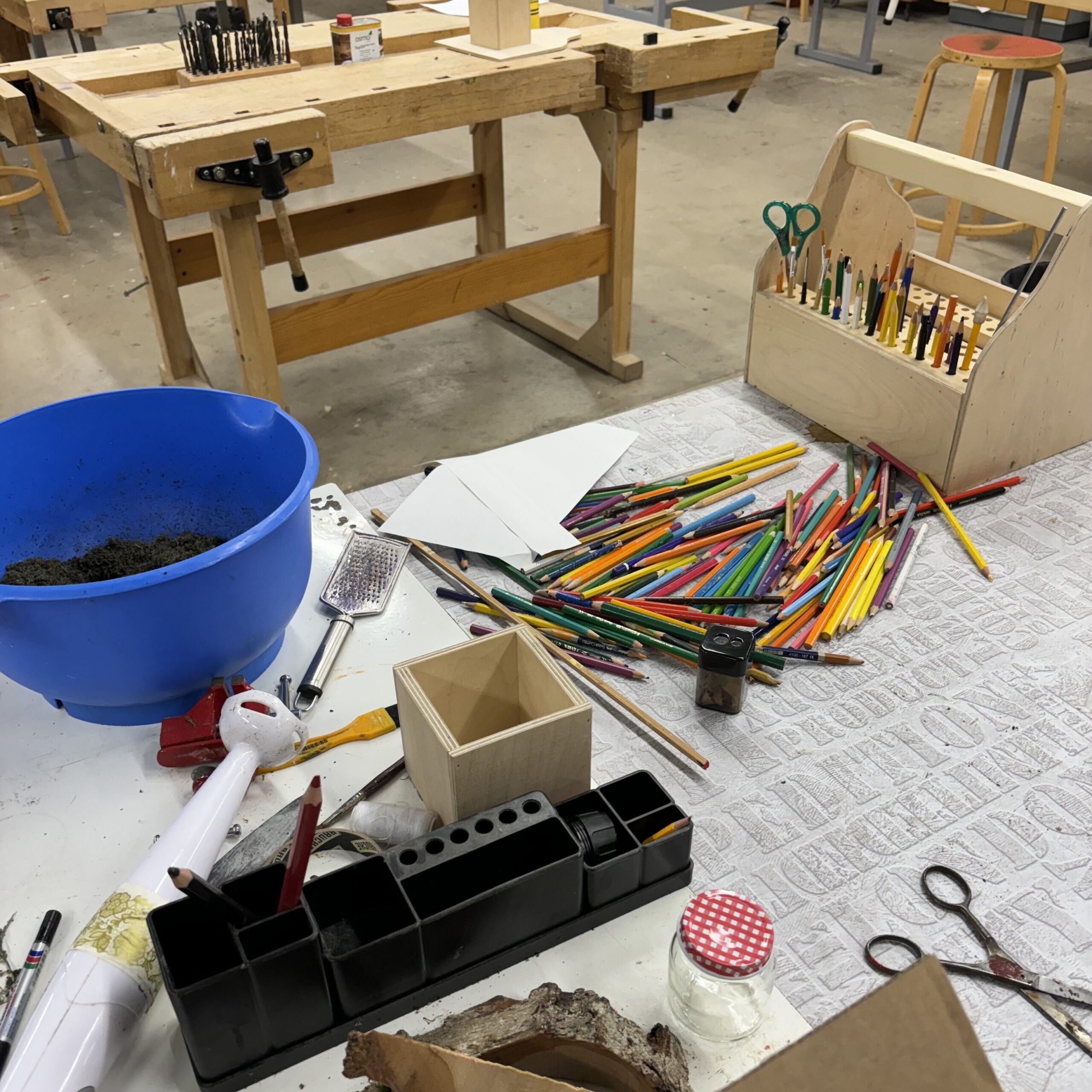
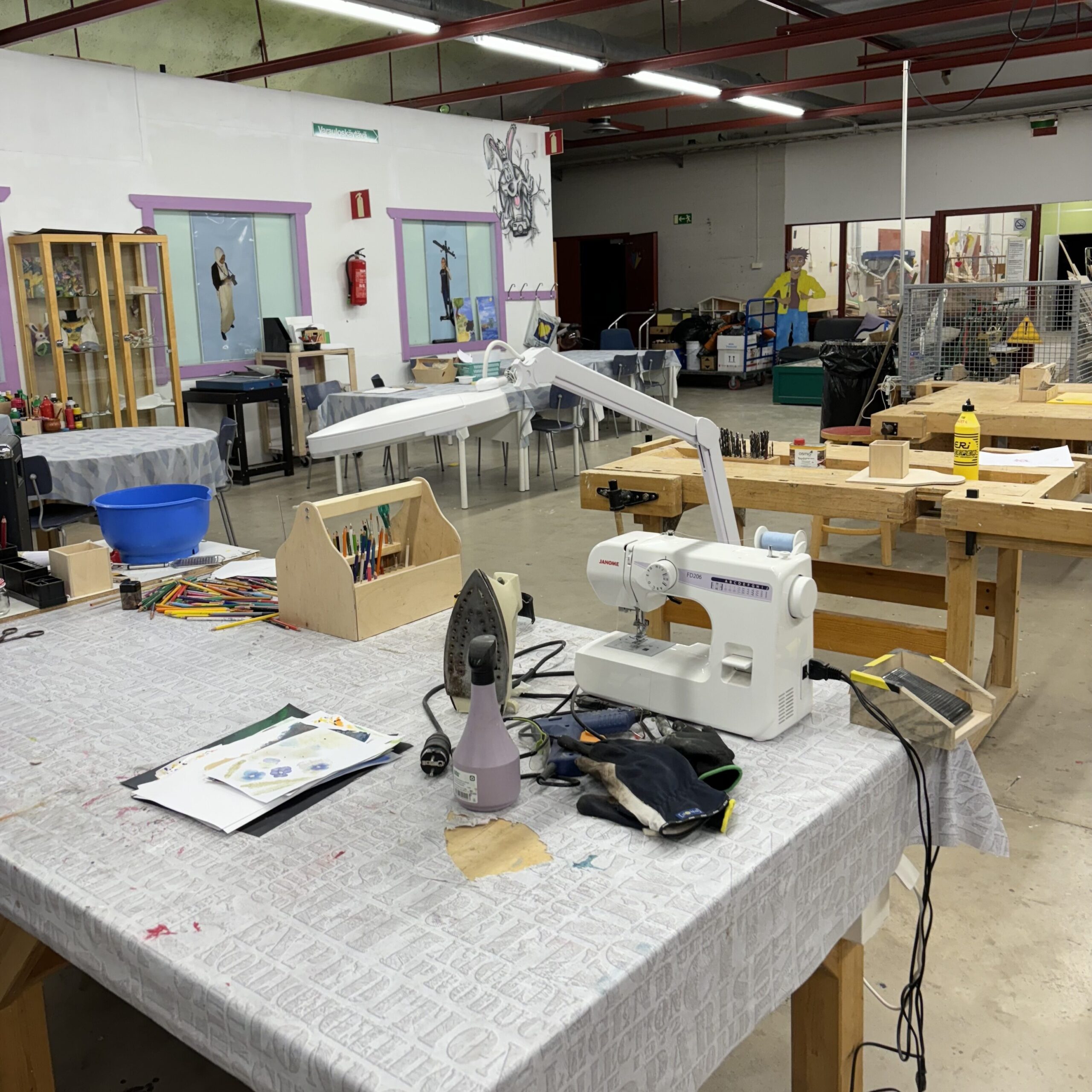
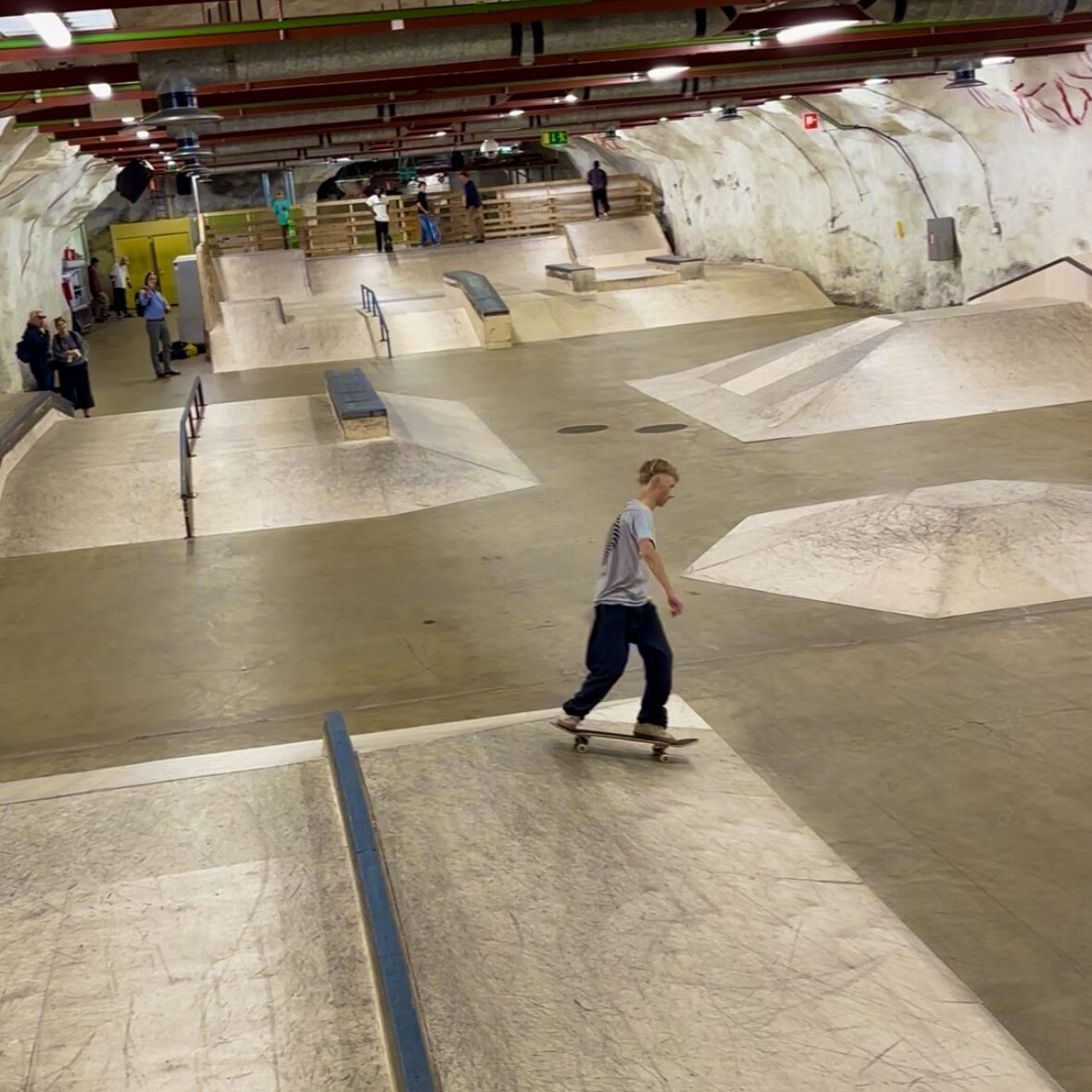
Although “belonging” isn’t always smooth or universally felt, as Kontula evolves, it somehow works for the majority of its residents. The thriving area, teeming with strong grassroots initiatives, vibrant youth communities, and nonprofit organizations committed to promoting inclusion and artistic expression, has become a space where everyday life is shared across cultures. It’s not without its tensions, but through shared public spaces, creative collaboration, and community-led action, Kontula offers a compelling example of how urban neighborhoods can nurture a sense of belonging, even with its complexity.
So what can Charlotte learn from Helsinki’s international neighborhood, Kontula? One point that is clear is that belonging can be fostered—even amid differences—and it doesn’t have to be perfect. It can emerge through shared environments, honest dialog, and creative partnerships. Charlotte can design public spaces that mirror their communities so that their residents feel a sense of pride and belonging. And they become connectors, bringing in others to share their spaces. Charlotte needs to see diversity as a strength, not a weakness, lifting up and celebrating immigrant and minority neighborhoods.
Spending so much time in Kontula made me start thinking of parallel neighborhoods in Charlotte. Talking to my colleagues and doing a little digging, I thought of several, but a good example might be East Charlotte, one of the most ethnically diverse parts of the city, which is home to large Latino, Vietnamese, Nepali, and Ethiopian communities. Especially along Central Avenue and the Albemarle Road area there are flourishing small immigrant-owned shops, businesses, and restaurants; community centers and churches; and many cultural events and festivities.
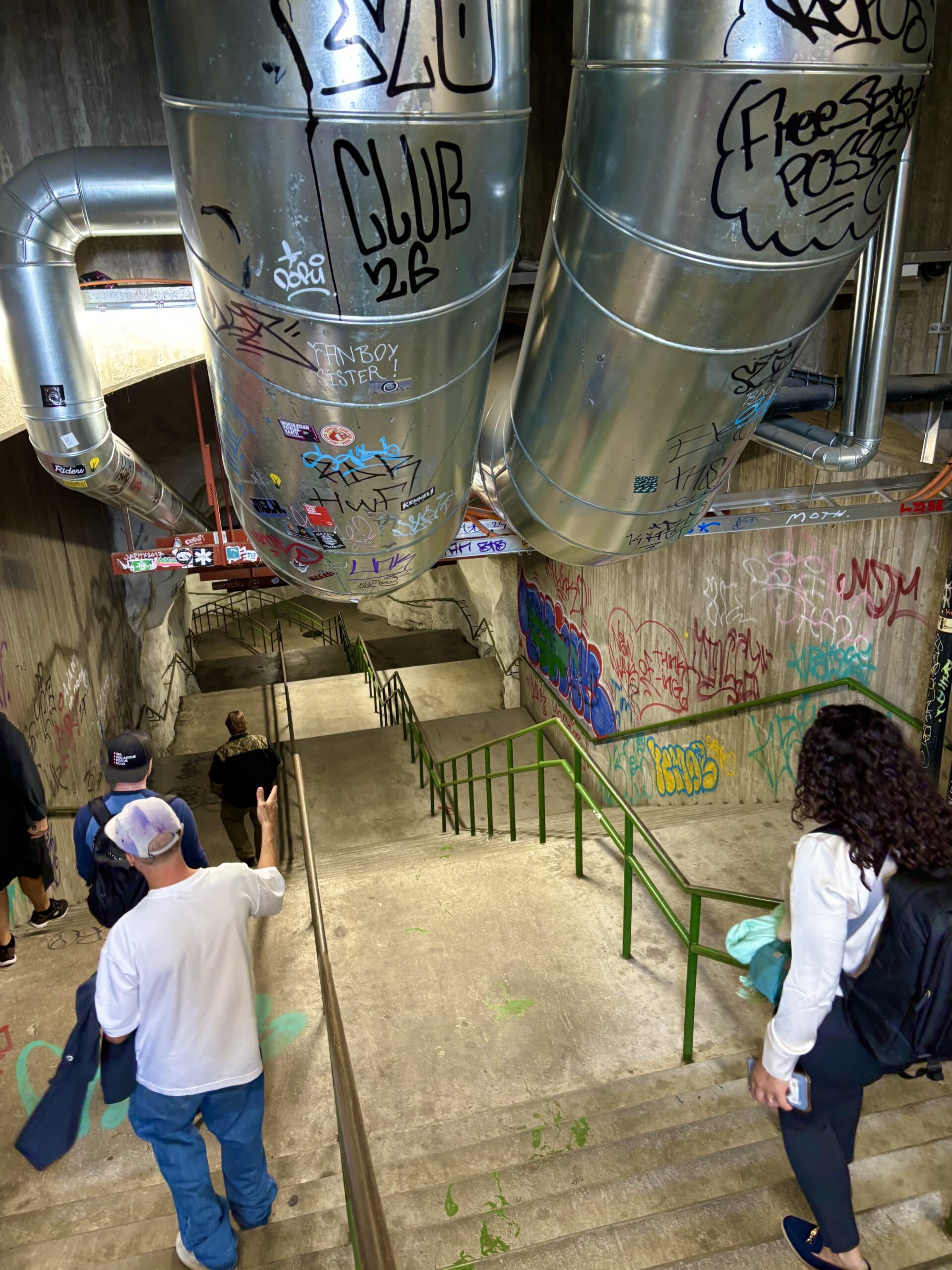
The problem is that many Charlotteans don’t know about them. Groups like International House help promote them, but the city could and should do more to spotlight our successful ethnic shops, restaurants, neighborhoods, and festivals through social media influencers, feature stories on local TV and radio, and in print and online media such as Charlotte Magazine, Axios Charlotte, and Queen City Nerve. We could also partner with the Charlotte Visitors Bureau and tourism organizations. There are many ways we could boost the visibility of our culturally rich and diverse neighborhoods and strengthen local pride!
Finally, both Helsinki and Charlotte show that belonging isn’t automatic or guaranteed—it’s something cities must intentionally build and nurture. Through Oodi Library and the Kontula neighborhood, Helsinki has shown how inclusive design, public space, and community input can create places where people truly feel connected, proud, and share a sense of belonging. Charlotte has that same potential and is moving in this direction. With projects like the new Uptown Library and investments in multicultural neighborhoods like East Charlotte, it can become a place where more people—not just some—feel seen, heard, and truly at home in their new city. Because in the end, belonging means more than just living someplace or fitting in—it’s about feeling valued enough to help shape the place you live.